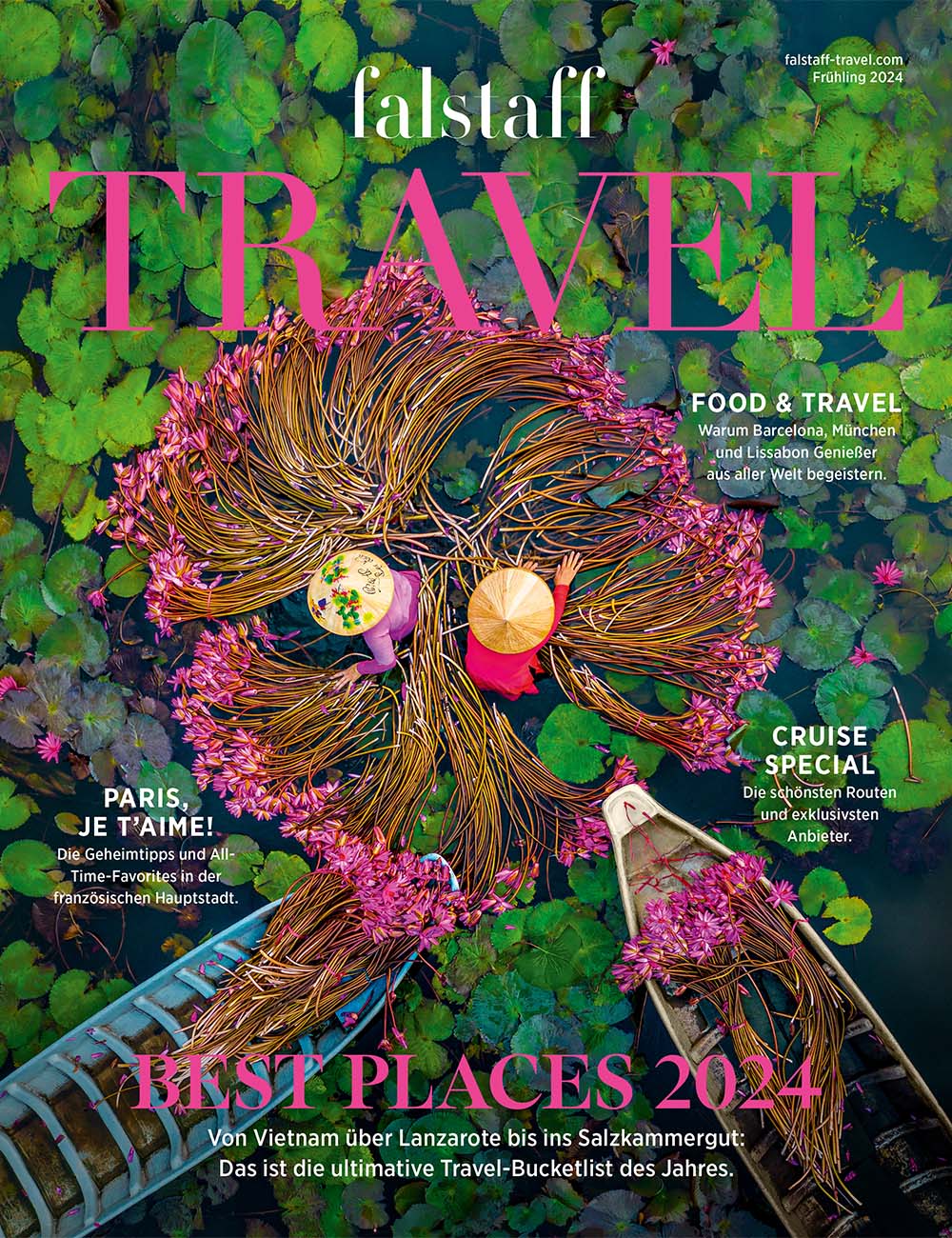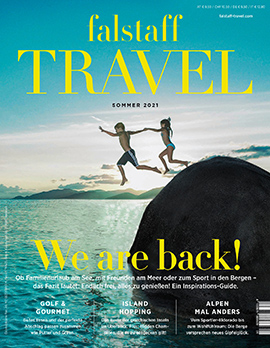
Wonderful Madagascar: Explore a Unique Island
Bizarre rock formations, deserted beaches, a shopping mall in an art nouveau train station: is this Africa or a distant Star Wars planet? Enjoy a trip to the island of fluffy monkeys.
July 11, 2024
Jenny Zarins
In Madagascar, people say that Europeans have the clock, but Madagascans have the time. "Mora, mora!" ("Slowly, slowly!") is the motto of an entire country - and you can safely take off your watch on arrival. Three officials check every passport on arrival at the airport, flicking through pages, stacking passports, making people form a cluster like around a particularly popular market stall.
© StockFood / Great Stock
Get upset about it? The Madagascans laugh about it. Traveling to the fourth largest island in the world is all about flexibility and slowing down. There are hardly any well-paved roads, when there's bad weather the internet is down, lunch is ordered in restaurants an hour before the visit - sometimes by phone. Madagascar is an adventure of contrasts: lush primeval forests border on dry stretches of land, biodiversity meets economic crisis, minibuses drive behind zebu carts. But for those who are prepared, the spectacular landscapes, friendly people and unique nature make up for it - from millennia-old mountain ranges and dense jungles to miles of beaches and a view of the endless Indian Ocean.
Colorful houses, steep stairs
A trip to Madagascar is a journey back to a seemingly bygone era, when lemurs and calicoes ruled the island. Jenny Zarins
First, you arrive in the capital Antananarivo, or Tana for short. Around 1.8 million people live in the city, which is 1200 meters above sea level and spreads out over several mountains. The first impression: it looks a bit like Rio de Janeiro. Brightly painted houses cling to the mountains, steep stairs lead from the lower to the upper city, and the sun shines brightly at 22 degrees even in winter. The stone palace of the former queen is enthroned on the largest mountain, visible from afar, the presidential palace looks like a miniature version of a Loire chateau, and wealthy Madagascans stroll through a small shopping mall in the former train station.
It took millions of years for erosion to form the needle-shaped "̒Tsingy" from sand mountains. Mauritius Images
If you have to travel by car, you should set off before six in the morning. After that, the roads are clogged for several hours with minibuses, scooters and trucks - mora, mora. All tourists agree that the worst stretch is the road from the western coastal town of Morondava to the Tsingy de Bemaraha: To get to the famous rock needles, travelers have to plan eight hours by jeep for about 180 kilometers.
© provided
The road - or more like a path in the sand - that cuts through dry forests and villages like a gnarled leprosy wound is a challenge. Drivers have to constantly watch out for potholes and washed-away verges. It feels like the car is doing a breakdance. That's why hardly any tourists drive themselves - in Morondava, various agencies offer their jeeps with a driver and guide.
The baobabs near the port city of Morondava grow up to 30 meters high and are 1000 years old. © Getty Images
The reward for these exertions is enormous: in the first section, the cars pass a fabulously beautiful avenue with 30-metre-high baobab trees. Every evening, amateur photographers come to Baobab Avenue to capture the most beautiful sunset. At the end of the route, in the national park of Bemaraha, one of the most impressive landscapes awaits visitors: over millions of years, erosion has created a lunar landscape full of sharp stone needles from a rock massif. A signposted path leads through weathered limestone, up and down ladders, through shoulder-wide gorges, half-bent over in caves and sometimes over 15-metre-long suspension bridges.
Lemurs in a Star Wars scenario
© Evening sun Africa
The view from the top is sensational and you can immediately imagine a Star Wars scenario in the inhospitable landscape. The sharp-edged stones sometimes form a giant rhinoceros, sometimes a dinosaur's head; there are no limits to the imagination. The last section leads through a forest with snow-white sifakas perched in the branches. Here, you'll find half-monkeys plus millions of years old rock, multiplied by hikers' sweat - that's pure bliss.
Jenny Zarins
Lemurs are the attraction of every vacation on the island. Only Madagascar is home to these animals, which some people find cute, others terrifying. Sifakas look as if small children have painted their faces black and disguised themselves as sheep with overly long tails; black varis resemble royal poodles with protruding ears. Many of these species are now threatened with extinction because their habitat is disappearing. The best place to see them is in Andasibe National Park, 200 kilometers from Tana. It's one of the largest contiguous protected areas. Visitors are only allowed to enter a small part of it, giving nature its well-deserved rest.
Jenny Zarins
Half an hour's drive away is the popular lemur island of Vakona Lodge. Various species that were rescued from forests threatened by overexploitation live together on a natural island. The water forms a natural boundary for the animals, keepers feed some animals with bananas and brown macaques hop from shoulder to shoulder. The up-close contact enables amazing observations: Proboscis monkeys are surprisingly light, even though they are the size of cats and densely furred.
Jenny Zarins
The fitting conclusion to this foreign world is a beach holiday on one of the many islands. The west coast has long been considered a dream destination due to its sheltered white beaches. In recent decades, many hotels on Nosy Be have specialized in European holidaymakers. Some charter airlines even offer direct flights to the island.
Jenny Zarins
However, tourists now appreciate the deserted islands in the northeast. A few years ago, Miavana Resort opened near the port town of Diego Suarez (with a small colonial town center) - on the private island of Nosy Ankao, which can only be reached by helicopter. The 14 white villas with floor-to-ceiling all-round glazing are modeled on resorts in the Seychelles, with service and prices at the upper end of the scale. Miavana uses the proceeds to support the Diarana nature reserve on the mainland and finance the extensive renaturation of the island. More than 10,000 invasive casuarina trees were cut down to restore 70,000 endemic plants to their original habitat.
Seclusion has its price: Miavana Resort is one of the best and most expensive hotel complexes in Africa. © provided
Further south, on the island of Sainte Marie, the next high-end resort is due to open this spring: Voaara will initially start as a barefoot luxury hotel with eight bungalows and is set to accommodate up to 45 villas in a few years' time. Madagascar, it seems, has big plans for the future.

This article appeared in the Falstaff TRAVEL issue Spring 2024.













